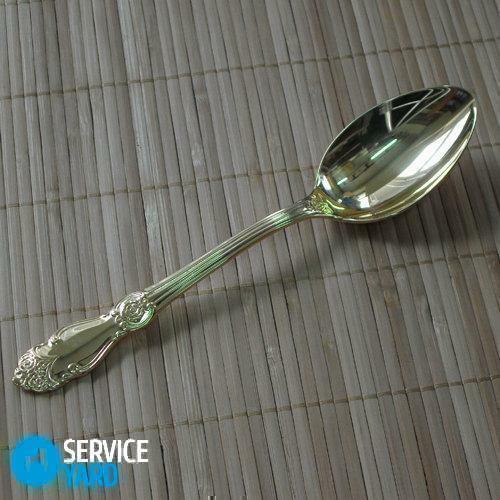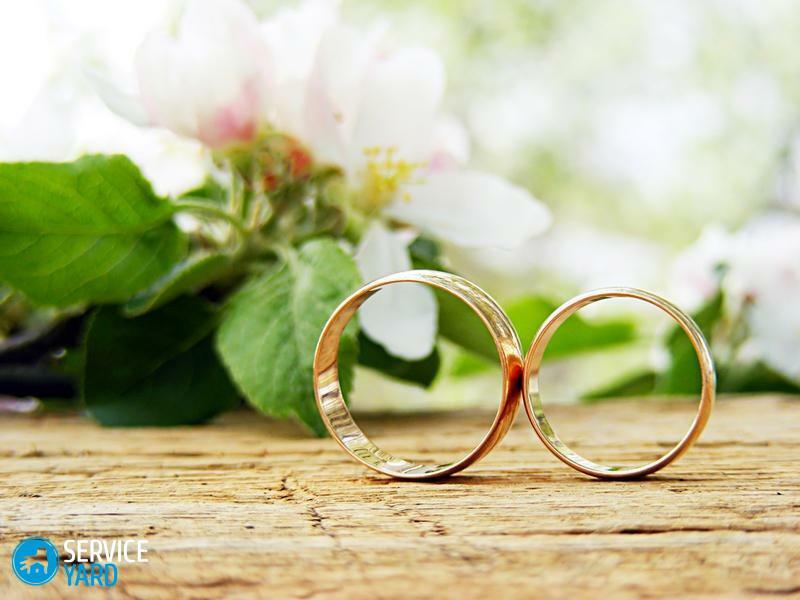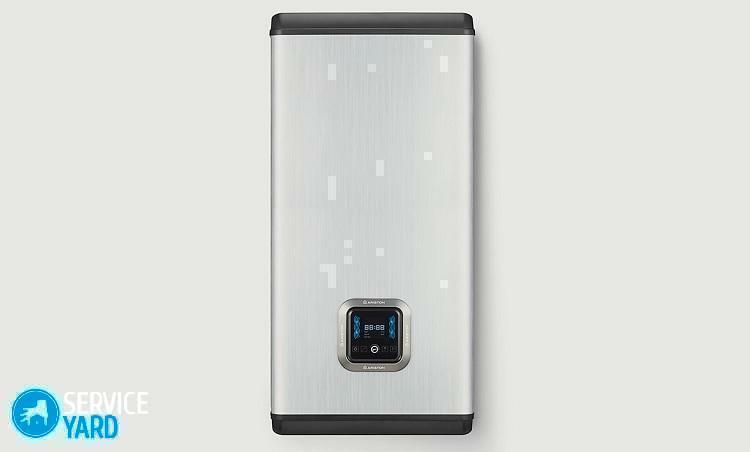
- Than clean very old pans and pans of all kinds?
- How quickly and effectively to clean the pan and pan from the deposit?
- Eliminate traces of rust
You probably at least once saw your grandmothers old and covered with carbon deposits pans and frying pans. This does not mean that they did not follow them, but if such a frying pan or a pan falls into your hands, you will want to wash it. Normal washing in this situation, as a rule, is not enough, and you are trying to find a solution to the problem, how to clean pots and pans. Soda, clerical glue and other improvised means are able to restore the purity of your kitchen utensils. How to use them, so you do not have to send a good but dirty pan to the trash can, you will learn from this article.
to the contents ↑How to clean very old pans and pans of all kinds?
Most of us have old Soviet pans that are made of cast iron, aluminum or duralumin, and their condition may seem completely hopeless. But do not be scared, because this deserved helper can really be brought to an ideal state with at least two methods:
- the Soviet recipe for boiling;
- method of mechanical cleaning.
Important! If you have dishes 20-50 years ago, remember that the quality of the alloy, it is likely to be an order of magnitude better than the products of the current suppliers of kitchen utensils. Therefore, it is worthwhile to make a little effort to evaluate all the advantages of cooking food in a really good pot or frying pan. Similar analogues can now be bought, but they will cost very much.
The method of boiling according to the Soviet recipe: soda ash + silicate glue + laundry soap.
For the sake of justice, it should be noted that eliminating carbon deposits from 15-20 years ago is not an easy task and you will not be able to cope with it quickly. But the result of all the efforts expended will be an exceptional shine of the dishes.
Tools and materials:
- Capacity of a suitable size.
- 1 bar 72% of laundry soap.
- ½ cup of clerical glue it is also silicate or liquid glass.
- ½ cup soda ash, but not food.
- Scraper - you can take a small knife.
- Metal sponge.
How to use
So, how to clean pots and pans from carbon deposits using soda and clerical glue:
- First of all, fill the tank with water and put it to boil over high heat.
- Simultaneously grind 72% household soap on the grater.
- When the water boils, turn down the fire, pour all the shavings of laundry soap into the pelvis, stir them.
- Then add half a mug of glue and half a mug of soda ash.
- At this stage, do not forget to turn on the hood, and also open the window.
- Finally, put your pan or pan in the prepared solution, but first remove the handles. In the event that the handle is not plastic or wooden, then dip it into the container with the solution and it.
- Now, be patient and wait 2-5 hours, depending on how much your frying pan is soiled.
- Periodically do not forget to add water, and also check the hardness of the deposit.
- As soon as you feel that the fuming on your frying pan has become softer, and the water has darkened, you can get your frying pan. But be extremely careful and proceed to the most difficult process, namely to clean the frying pan from the outside and inside with a scraper, knife and aluminum sponge.

And how to clean pots and pans is even easier and faster? When the perennial layer of carbon is softened after boiling, apply a cleaner to the frying pan, which is intended for ovens, for example, "Shumanit" or "Amway".Amway in this case is preferable, because it does not have a sharp smell:
- Apply it to the entire pan, put it in a bag.
- Then leave it infused for 30 minutes.
- After that, eliminate the deposit - it will be a little easier.
Mechanical cleaning of frying pans
Mechanical cleaning of frying pans represents a more radical way by which you can eliminate both rust, and fat, and a thick layer of carbon, extremely quickly and efficiently. To eliminate carbon deposits in a frying pan you will need a nozzle in the form of a wire brush for metal for a grinder or a drill, as well as a respiratory mask and glasses, strong shoes and dense clothing.
Important! Remember, to do such a cleaning with the help of a Bulgarian must be extremely carefully and carefully.
to the contents ↑How quickly and effectively to clean the pan and pan from the deposit?
In addition to the above methods, there are other options with the use of improvised tools. They, too, can be very effective for a particular utensil.
Economical 72% soap and PVA adhesive
This method is suitable for all types of frying pans. To wash an old frying pan with incredibly complex soiling, for example: multi-layered black carbon, and also fat, you can use this efficient Soviet recipe:
- Take a large container in which you can boil a pan.
- For 4 liters of boiling water, take ⅓ 72% of laundry soap rubbed into shavings, as well as 1 tbsp.l.glue PVA.
- Mix everything, put the frying pan into the mixture and boil for 30 minutes.
- Black plaque, which has long since nestal to the surface of your frying pan, will easily depart.
Cleaning sludge with soda
This cleaning is suitable for a stainless steel frying pan.
Important! This method should in no case be used to clean the aluminum frying pan from grease and other contaminants, because it can darken.
With baking soda, you can effectively clean the pan inside and outside of burnt food, carbon and grease:
- If the dirt is not too strong, then simply rub it with a hard sponge together with soda.
- If the pollution is serious, then boil the dishes in a deep tank, inside of which there will be a solution of water and 1 glass of soda.
- Much more effective food will be soda ash.
- In addition, for excessively strong contaminants, you can add 2-3 st.l.table vinegar 9% or ½ bar of household 72% soap.
Cleaning the frying pan with
table salt This method is suitable for an aluminum frying pan:
- Take a container of this size that will be sufficient to fit the frying pan.
- Prepare a saturated brine solution in this container.
- Put the frying pan in it, boil everything for 1-1,5 hours.
Important! Do not use table salt to clean stainless pans, because salt provokes darkening of the metal, and after that it also corrodes.
We fight against contamination with table vinegar
This way, you can clean the pans from stainless steel, as well as aluminum.
Vinegar is an excellent home remedy for eliminating fumes. Before you begin to clean the pan, pour it with an ordinary 9% vinegar and stand for 2-3 hours. Then carry out the usual washing procedure.
You can also boil the water in a frying pan with ½ cup of vinegar and half of the household 72% soap for 30-60 minutes. Depending on how much your frying pan is contaminated, there will be different and time effects of the remedy.

Using citric acid
With its help, as well as with the help of table vinegar, it is possible to effectively eliminate not only carbon deposits, but also calcareous deposits. Citric acid is suitable for cleaning pans made of aluminum and stainless steel.
In order to clean the burnt pan:
- Boil a small amount of water in it, it does not need much, the main thing is that the water covers the fire.
- Add 2 tbsp.l.citric acid, and then boil the resulting solution for 15 minutes.
- After you have finished boiling, clean the burnt bottom with the usual way for you.
Important! If the frying pan is cleaned regularly, you can easily get rid of thin layers of contamination, and use of aggressive tools will not be needed. This is why it is best to clean the pan as soon as it is slightly cool after use.
to content ↑Eliminate rust traces
Cleaning of cast iron frying pans quite often means not only removing carbon deposits, but also traces of rust.
What should I do? Work algorithm:
- Carry out an ordinary cleaning, which will eliminate carbon deposits, and also expose areas on which there are traces of rust.
- Frying pan after completion of washing, dry, for 40 minutes, place in a thoroughly heated oven, at least 120 degrees.
- Remove the heated frying pan, oil it, put it back in the oven, this time the temperature is 230 degrees.
- Soak it there for 1 hour. The bottom of the oven is protected with ordinary foil.
- Remove the frying pan, and when it cools, relubricate it with oil.
By and large, this procedure can be carried out and to ensure that the products do not stick and do not burn during cooking to the bottom.
We hope that you have not regretted that you have come to our site, going to find the answer to your question, because all the above methods have been checked by more than one generation. And to clean pots and pans with soda, clerical glue, PVA glue, household soap and other listed products can not only be effective, but also safer than modern household chemicals.



